
Bryan Brasher shares his favorite tackle for crappie fishing in the spring.
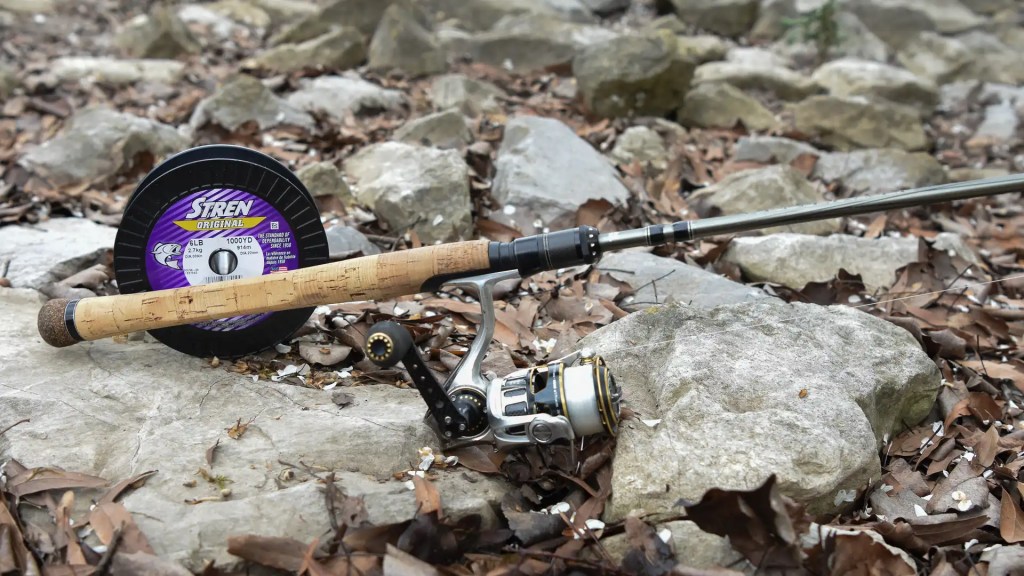
Light spinning tackle and 6-pound-test line are almost always the best tools for crappie fishing.
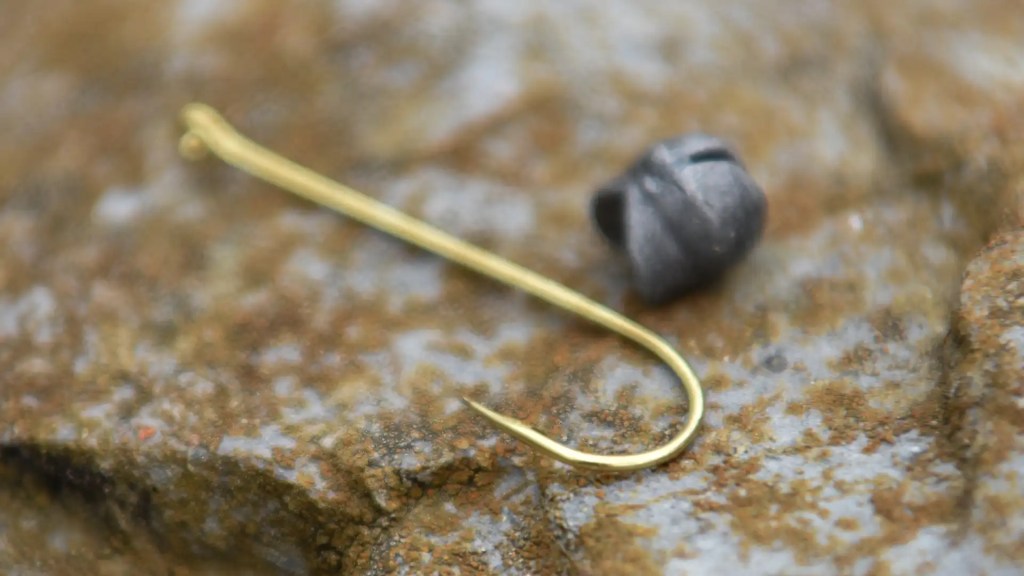
A simple hook and split-shot rig is all that’s needed for fishing live minnows. A float is optional.
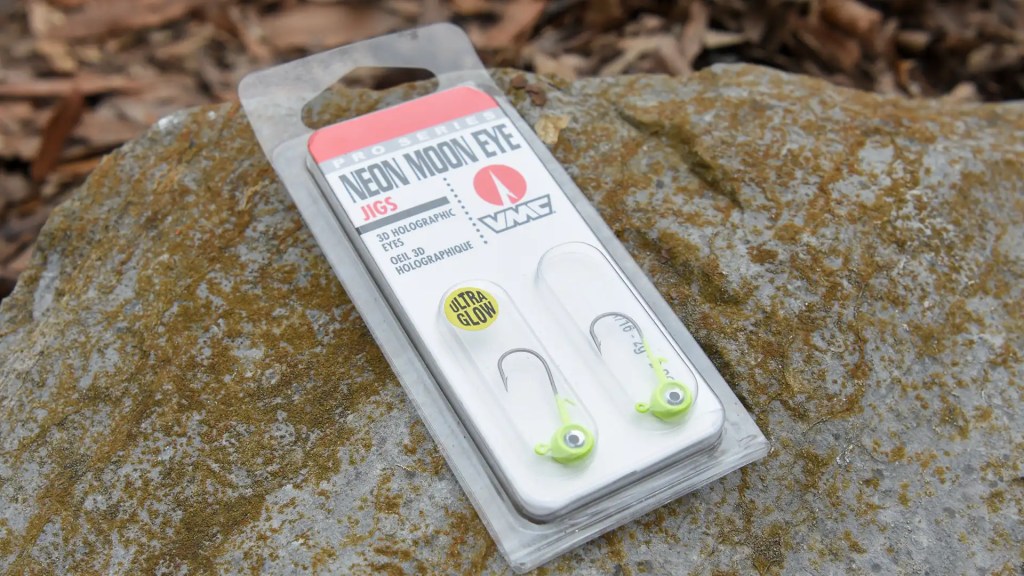
Any soft-plastic bait pairs well with a jighead like the 1/16-ounce Neon Moon Eye from VMC. The heads are available in a wide variety of stylish colors and sizes for every type of panfishing.
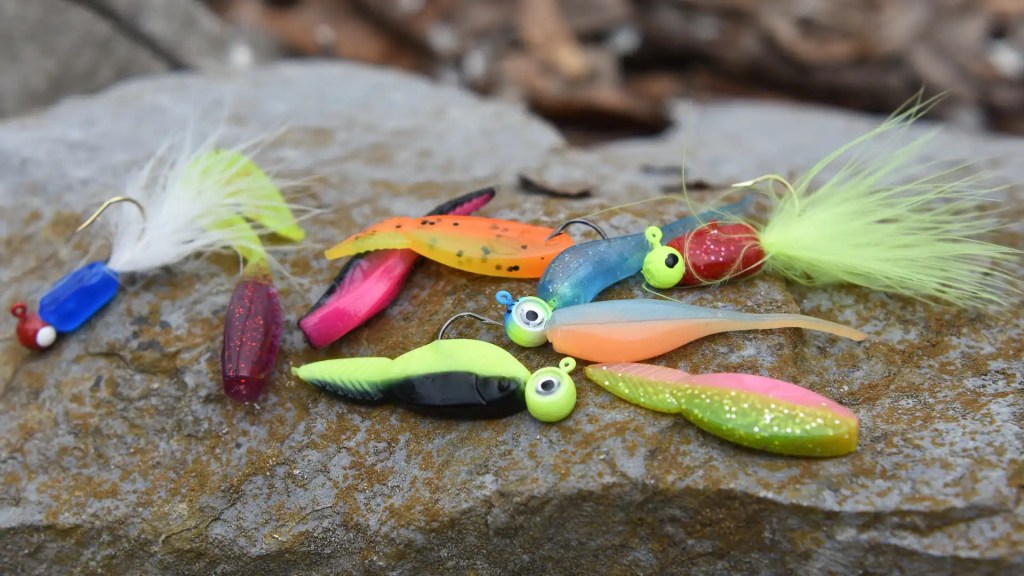
Crappie lures come in every color of the rainbow and are made of everything from plastic to feathers to the hair of squirrel tails. They usually range in size from 1/32- to 1/4-ounce.

The brighter colors, like this red/chartreuse combo, are often a favorite in stained water. But when the crappie are really biting, color is sometimes irrelevant.
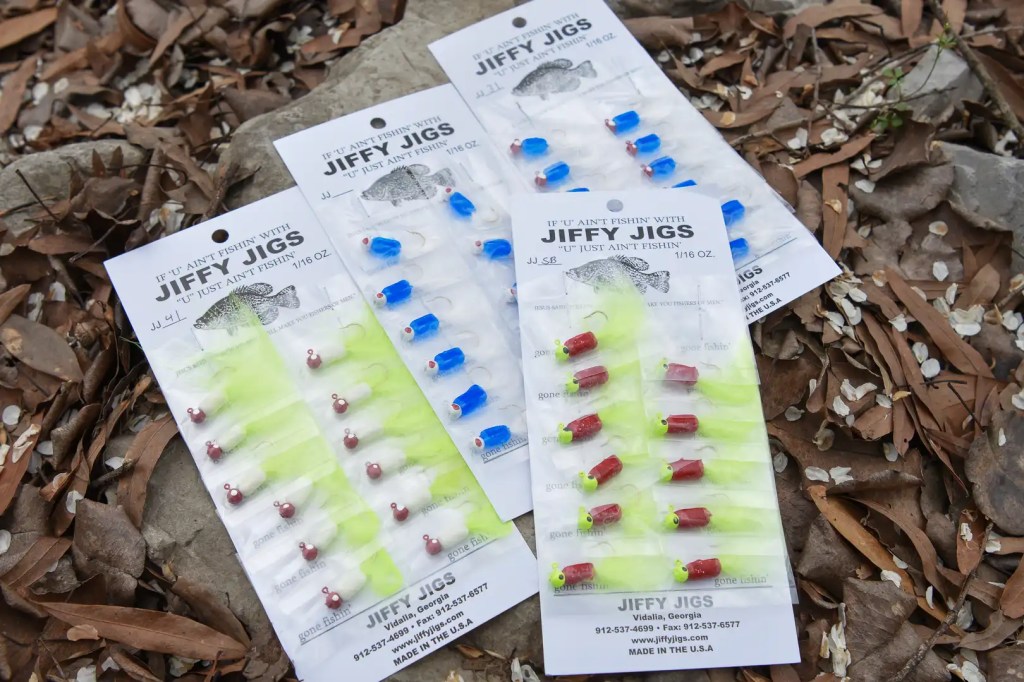
Jigs like these Jiffy Jigs from Vidalia, Ga., are sold in cards of 12 — and when you’re fishing thick cover, it’s easy to go through several cards a day.
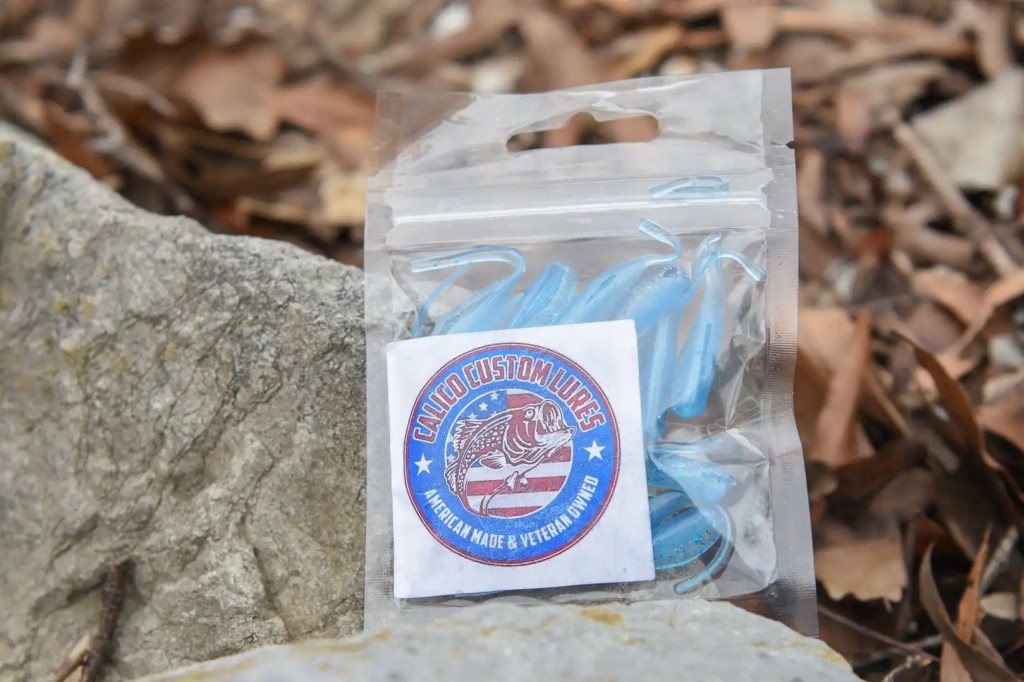
Soft-plastic baits like these ice blue Crappie Stingers from Calico Custom Lures offer lots of action in the water. Read an in-depth review in our Gear Up section.
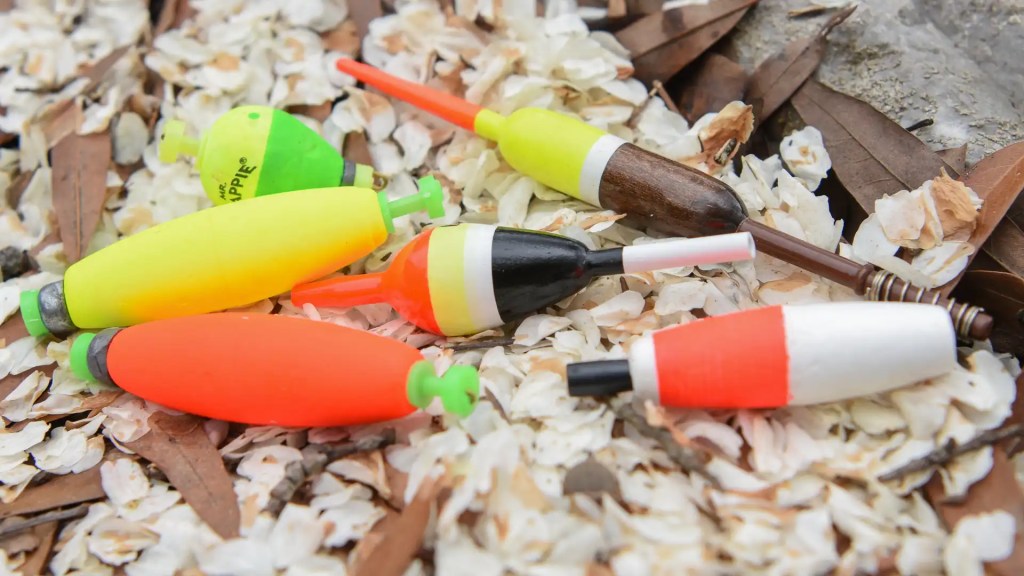
Floats come in all shapes and sizes, and they’ll all work fine for crappie fishing. Most experienced anglers prefer a brightly colored float that’s easy to see and a streamlined model that’s easy for a crappie to sink without pulling loose from the hook.
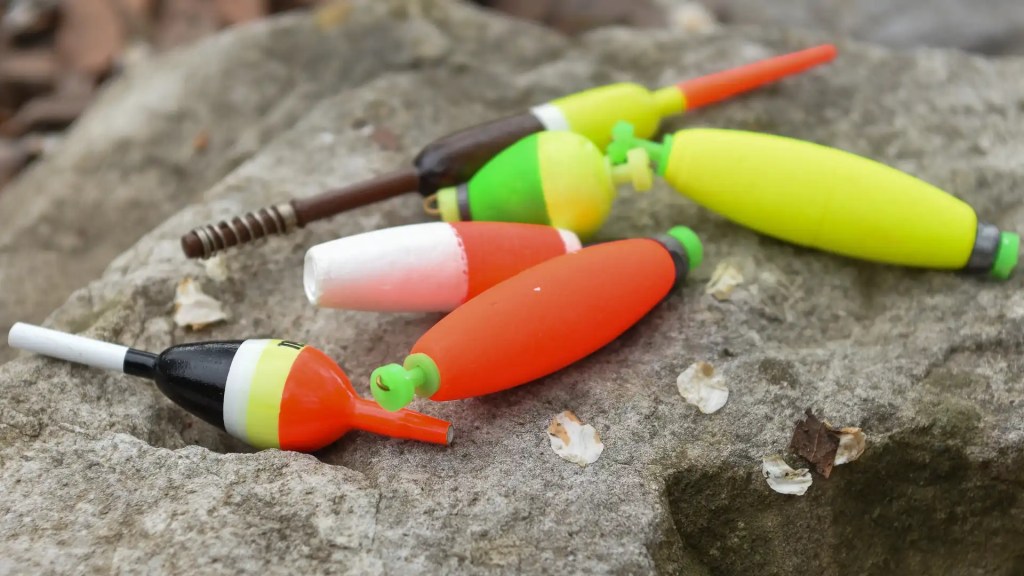
Some floats are detachable, meaning they can be easily added and removed to your line. Others are known as “line-through” floats that have to be attached during the rigging process.
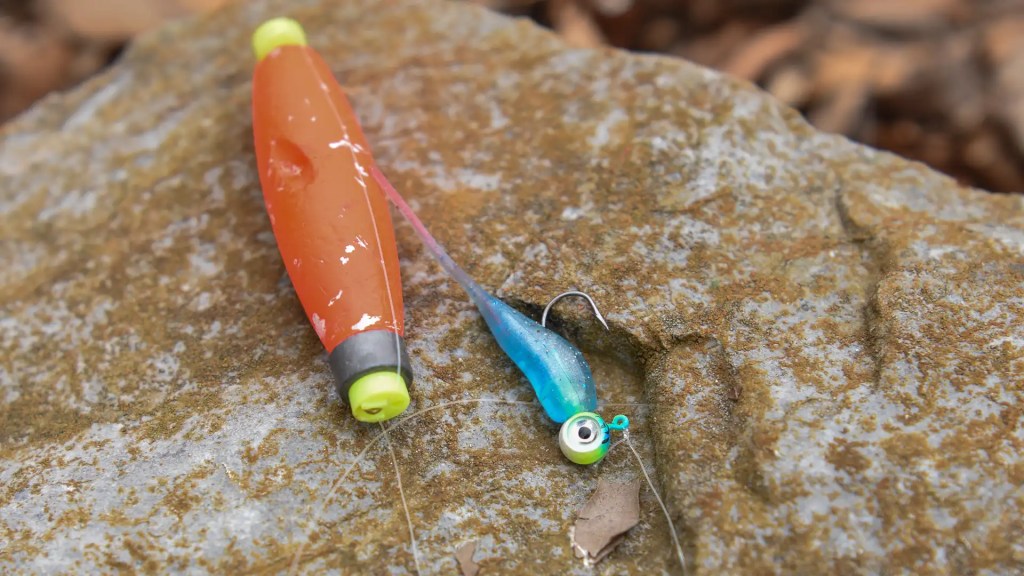
If you’re fishing particularly treacherous cover, sometimes it’s wise to use a float that keeps your jig just above the limbs and stumps that will snag your hook. Plus, you get the added thrill of watching a fish sink the float.




